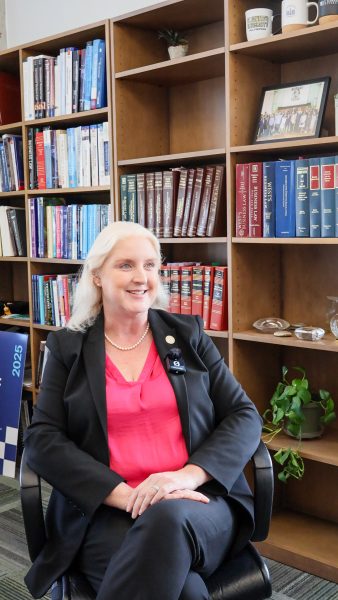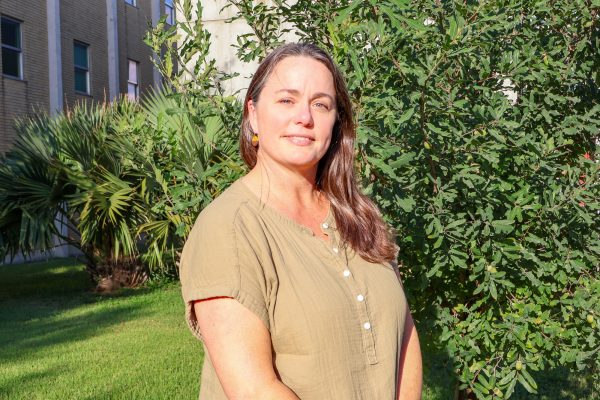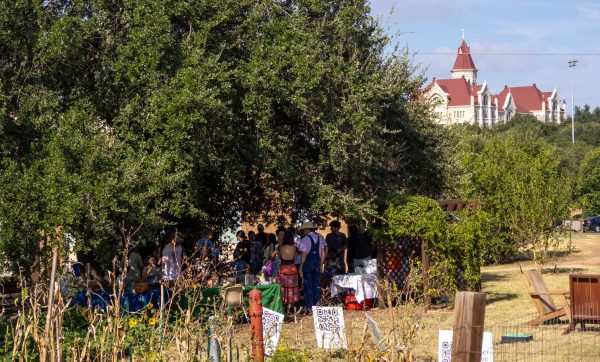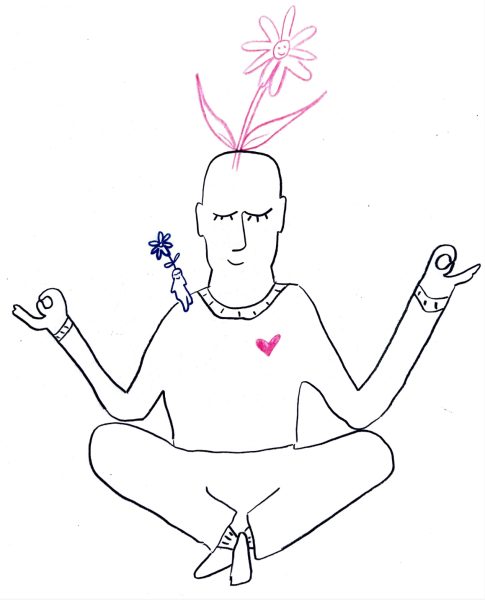Interfaith
Last week at Red Bench, a university sponsored interfaith discussion, conversations covered the broad topic of reconciliation. But participants of all different religious affiliations strove to dive deeper than simply apologizing to God for sins on Sixth Street.
Organized by campus ministry and Interfaith Action of Central Texas, the first of three Red Bench discussions took place Sept. 15. The first Red Bench discussion was open to the public, and the remaining two will be open to students, faculty and staff only.
Red Bench talks have a structured format of four talking rounds guided by a table host. In order to allow all participants to get a word in, attendees pass a stone around to indicate who has the floor. For this session, participants were divided into two diverse groups so that they could share their feelings about the topic of reconciliation.
A religions professor sparked student attendee Suhaib Farie’s interest in the event and encouraged him to attend. After his experience with the first discussion, Farie plans on going for the remaining sessions this semester.
“It was good to share something that you feel with others that are not Muslim,” said Farie. “It was good to share our experiences and talk to each other.”
Executive Director of Interfaith Action of Central Texas Simone Flowers attended St. Edward’s discussion as a table host, prompting attendees to speak. Flowers has been on the Interfaith Action of Central Texas staff since 2006.
“Red Bench is just such a great way of having difficult conversations, but making it a way where it’s easy for people to engage,” said Flowers. She also said the topics are often chosen based on the unrest society has experienced lately.
Sticking to its interfaith purpose, the discussion drew in a crowd with various faith backgrounds, not only Christians and Muslims, but also those who do not affiliate with a particular faith or tradition.
Associate Director of Campus Ministry James Puglisi said his hopes for the Red Bench discussion are that attendees, “have the courage to take the risk to embrace them [fellow attendees], to ask questions about it, to have heard from other people’s experience to build compassion and a desire to work it solidarity of people and not be fearful of the other.”
The next Red Bench discussion will be on the topic of privilege and will follow the same structure, using four rounds of discussion.






